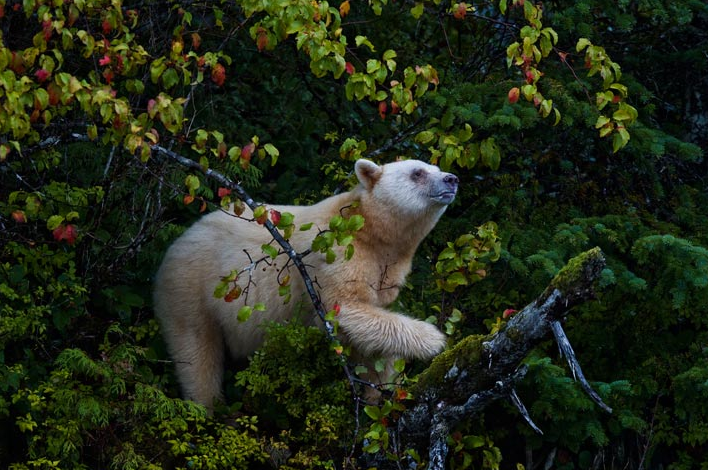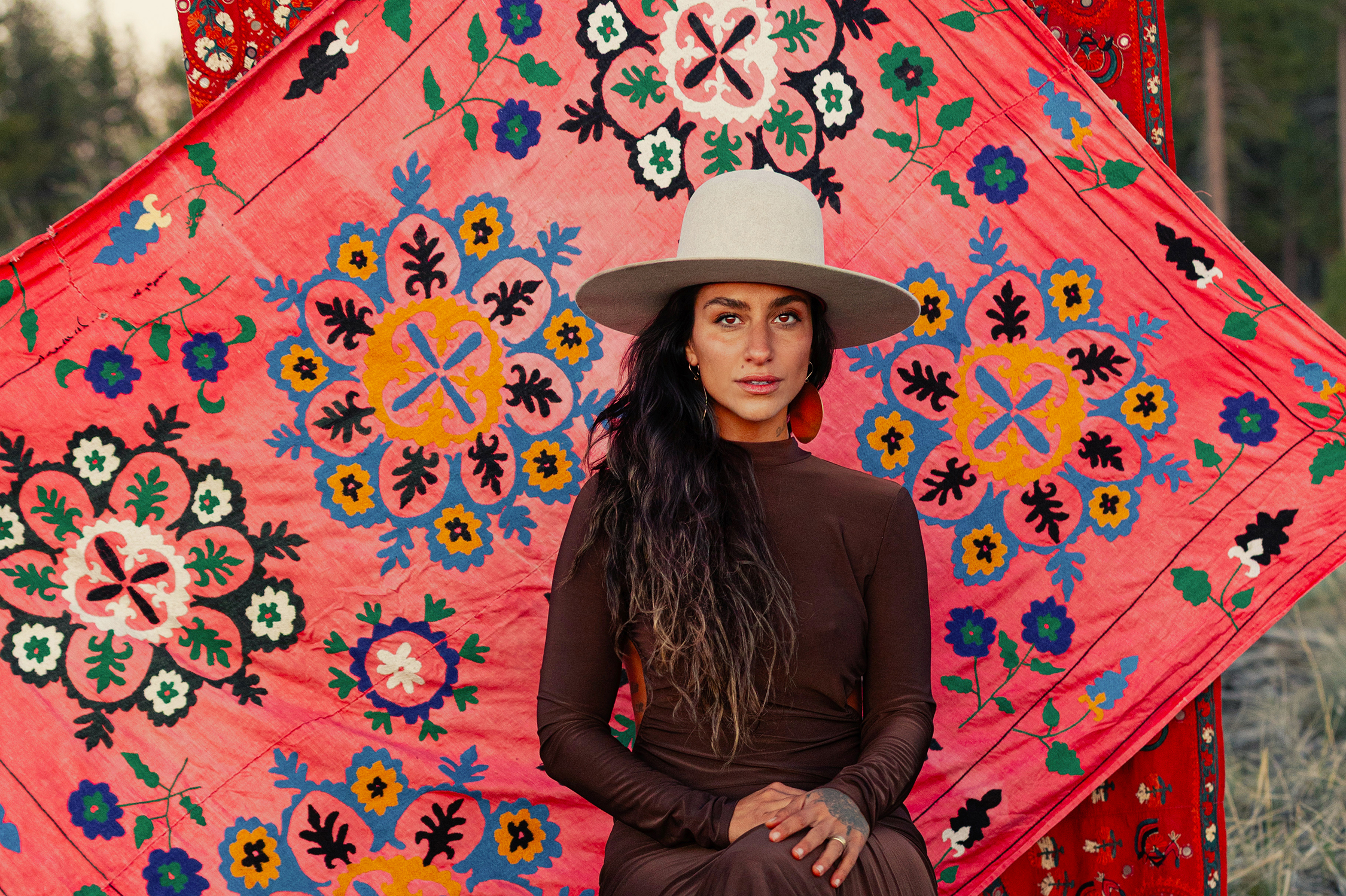
National Geographic: Photos & Story of the Spirit Bear of the Great Bear Rainforest
In a moss-draped rain forest in British Columbia, towering red cedars live a thousand years, and black bears are born with white fur. — Bruce Barcott, National Geographic
The issue is no less critical for the Great Bear Rainforest, a wild stretch of western red cedar, hemlock, and spruce forest that runs 250 miles down British Columbia's coast. Whales, wolves, bears, and humans thrive in the rich marine channels and forests of the Great Bear, whose boundaries have never been precisely defined.
Last year 61 Canadian First Nations announced they would not allow the proposed pipeline to cross their traditional territory. Whether they have the legal authority to stop the pipeline is hard to say; aboriginal rights remain largely unsettled in British Columbia.
But that hasn't stopped Enbridge from courting the bands. "We want aboriginal economic participation in this project," said John Carruthers, president of Northern Gateway Pipelines. "We'd like them to own a stake that will establish a long-term benefit to First Nations communities." The company even offered financing to bring the bands aboard. So far there have been few takers.
"Buy in?" said Gitga'at council member Cameron Hill. "Buy in to what—to selling our way of life? We live off food from the land and sea here. We've been taught to respect what we take. That's sustained us from time immemorial. No amount of money can make us change our position."
Many of the same environmental groups involved in the timber fight are now opposing the oil pipeline, as are many of Canada's First Nations. "This is one of the biggest environmental threats we've ever seen," said Ian McAllister, co-founder of Pacific Wild, a wilderness protection organization that focuses on Canada's Pacific coast. "And it will become one of the biggest environmental battles Canada has ever witnessed. It's going to be a bare-knuckle fight."


